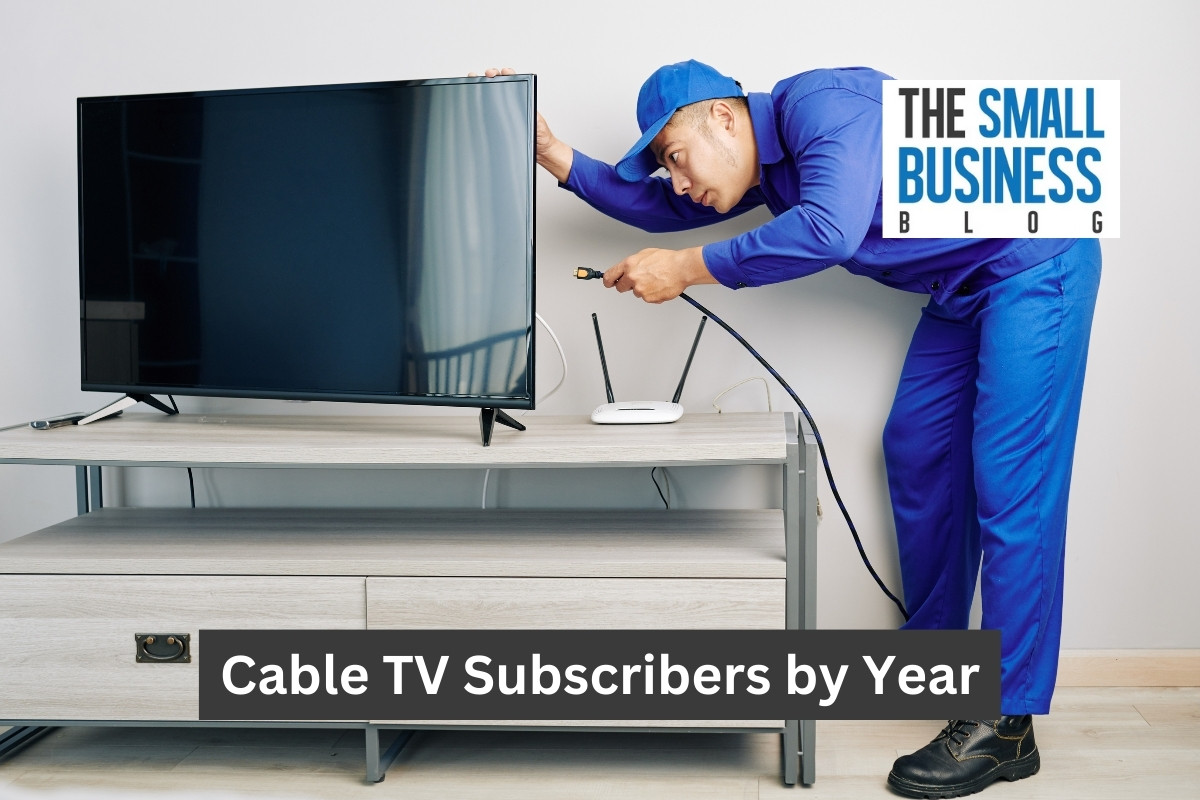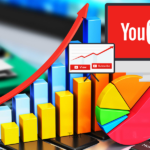Cable television has made significant advancements, offering subscribers the ability to watch their favorite shows and movies at their own convenience.
One of the major advantages is the option to record shows and watch them later.
Additionally, interactive program guides provide easy access to explore what’s currently airing, switch between channels effortlessly, and even set reminders for specific programs.
These features have greatly enhanced the TV viewing experience, providing users with more options, convenience, and control.
In this article, we will delve into the changing trends of cable TV subscribers by year and explore fascinating statistics that highlight the evolution of cable TV as a television service.
Post Contents
- 1 Key Statistics
- 1.1 1. Cable TV Subscribers by Year
- 1.2 2. What is Cable TV, Free TV, and Video Streaming?
- 1.3 3. The Rise of Streaming Services
- 1.4 4. The Effect of the Internet on Cable TV Industry
- 1.5 5. The Evolution of TV: From Cable to Streaming Services
- 1.6 6. Boomers Prefer Cable TV
- 1.7 7. As of 2023, 72 Million Cable TV Subscriptions Exist All over the world
- 1.8 8. Comcast cable pay TV in 2022
- 1.9 9. NBC as the most-watched Channel in the US by 2022
- 1.10 10. Global Cable TV Revenue from 2010 to 2028 will reduce.
- 2 Conclusion
Key Statistics
- In 2005, digital cable services had more than 27.6 million subscribers in the United States.
- By 2010, over 105 million households in the U.S. had subscribed to cable TV, representing more than 90% of households.
- The percentage of American cable TV subscribers dropped from 76% in 2015 to 56% in 2021.
- By the conclusion of 2023, the number of American cable TV subscribers will have declined to approximately 60.5 million.
- In 2023, 72 million cable TV subscriptions exist all over the world.
1. Cable TV Subscribers by Year

The cable television industry has experienced significant advancements, offering enhanced audio and visual quality, as well as a wider range of programming options.
According to a Forbes cable TV subscribers by year published in the 2010s, more than 105 million households in the United States, which accounted for over 90% of the population, had subscribed to cable TV services.
These numbers remained relatively stable until 2014.
The landscape of the cable TV industry underwent a complete transformation with the introduction of digital cable.
This brought about the adoption of high-definition television and high-speed internet as the new standard.
By 2005, approximately 27.6 million Americans were subscribing to digital cable services, while 24.3 million were enjoying high-speed internet connectivity.
In 2015, there was a remarkable increase in the number of television shows available on basic cable, reaching a staggering 189 shows compared to just 125 in 2012.
During this period, “The Walking Dead” gained immense popularity and became the preferred scripted show for adults aged between 18 and 49.
It garnered an average viewership of 17.3 million in 2014.
(Forbes)
2. What is Cable TV, Free TV, and Video Streaming?
Free TV allows users to access local and national channels by using antennas, while cable TV provides a vast selection of channels and programs, along with bundled high-speed internet for a fee.
One can opt to pay for access to an extensive library of content through internet video streaming.
Video content is delivered online through streaming to various devices such as computers, smart TVs, tablets, and smartphones.
Cable TV subscribers have the advantage of a diverse range of options, including local and regional channels, as well as premium content like HBO, sports, news, and specialized channels.
(lumenlearning)
3. The Rise of Streaming Services
Thanks to the internet, streaming services like Netflix, Amazon Prime Video, Hulu, Disney+, and more have skyrocketed in popularity.
They offer the viewers the freedom to watch what they want, when they want.
The advent of high-speed internet has had a profound impact on the cable TV industry, with a growing number of consumers choosing to cancel their cable TV subscriptions in favor of streaming services.
This shift in consumer behavior has caused a significant decline in traditional cable TV subscribers and has forced cable providers to rethink their business strategies.
In response to this changing landscape, cable providers have been compelled to reevaluate their business models and adapt to meet the evolving needs of consumers.
They have started to offer their own streaming services, bundling them with traditional cable TV packages to provide a more comprehensive entertainment experience.
Additionally, some cable providers have begun partnering with popular streaming platforms to offer bundled packages that combine both cable TV channels and streaming services.
(lumenlearning)
4. The Effect of the Internet on Cable TV Industry
The Internet has greatly changed the cable TV industry in many ways:
- Increased Competition:
The internet has made the cable TV game more competitive.
You’ve got tons of choices for entertainment now, from streaming giants to internet-based cable alternatives like Sling TV and YouTube TV.
- Innovation Driven by the Internet:
By adopting Internet technology, cable TV companies have boosted customer service, introduced interactive features, and integrated cloud-based services for easier content accessibility.
- Decline in Ad Revenue:
Cable TV channels have experienced a decrease in advertising income due to more businesses allocating their advertising budgets to digital platforms.
This has impacted the revenue streams of cable TV networks.
(seatup)
5. The Evolution of TV: From Cable to Streaming Services
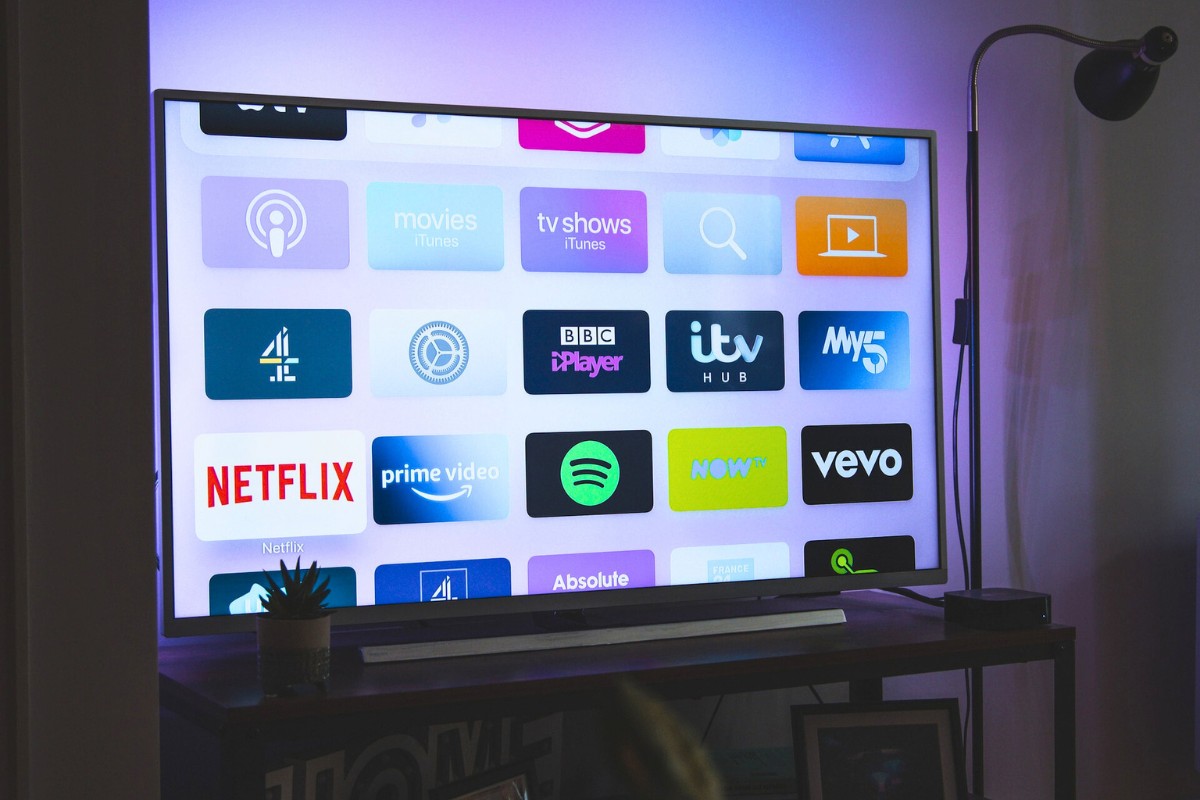
In 2017, Netflix, originally known for sending DVDs by mail, introduced its online streaming service.
By subscribing to Netflix, you have the convenience of watching your favourite shows whenever you want.
Nowadays, there are over 200 internet streaming platforms available, including Hulu, Amazon Prime Video, and Disney.
The best part is that you don’t even need a traditional cable TV package to access these platforms.
Over the past few years, traditional cable and satellite TV subscriptions have experienced a decline.
In fact, the percentage of Americans with such subscriptions dropped from 76% in 2015 to 56% in 2021.
The reasons behind this shift are varied.
71% mentioned their preference for accessing content online, while 69% found cable TV to be too costly.
Additionally, 45% of individuals indicated that they simply didn’t watch much TV.
Streaming movies and TV shows online has become incredibly easy nowadays.
Moreover, fans can enjoy free episodes of their favorite series on the websites of cable and broadcast networks.
With the increasing popularity of smartphones equipped with built-in apps and internet connectivity, Video on Demand (VoD) has become the preferred choice for watching TV while on the go.
(techreport)
6. Boomers Prefer Cable TV
With 38% of the viewing time of individuals aged 50 and above being dedicated to cable or satellite TV, it is evident that this age group has a clear preference for these services.
On the other hand, Gen Xers show a lower inclination with only 21% of their viewing time spent on cable or satellite TV.
Millennials, in comparison, display an even lower propensity with only 16% of their viewing time allocated to these services.
Finally, Gen Z adults demonstrate the lowest inclination, dedicating a mere 9% of their viewing time to cable or satellite TV.
This data suggests that cord-cutters are predominantly found within the Millennial and Gen Z generations, which encompass individuals between the ages of 18 and 34.
(Techreport)
7. As of 2023, 72 Million Cable TV Subscriptions Exist All over the world
Despite facing some current challenges, cable TV providers continue to be significant players in the entertainment industry.
While they may need to adapt to modern trends, it is evident that they will endure.
Cable TV remains the primary platform for accessing regional sports and various national sports exclusively broadcasted on cable channels.
The number of cable TV subscribers has declined from 98.7 million in 2016 to 72.2 million as of 2023.
However, it is projected that the global Pay TV market will witness growth, increasing from $184.09 billion in 2022 to $209.01 billion by 2030.
(Techreport)
8. Comcast cable pay TV in 2022
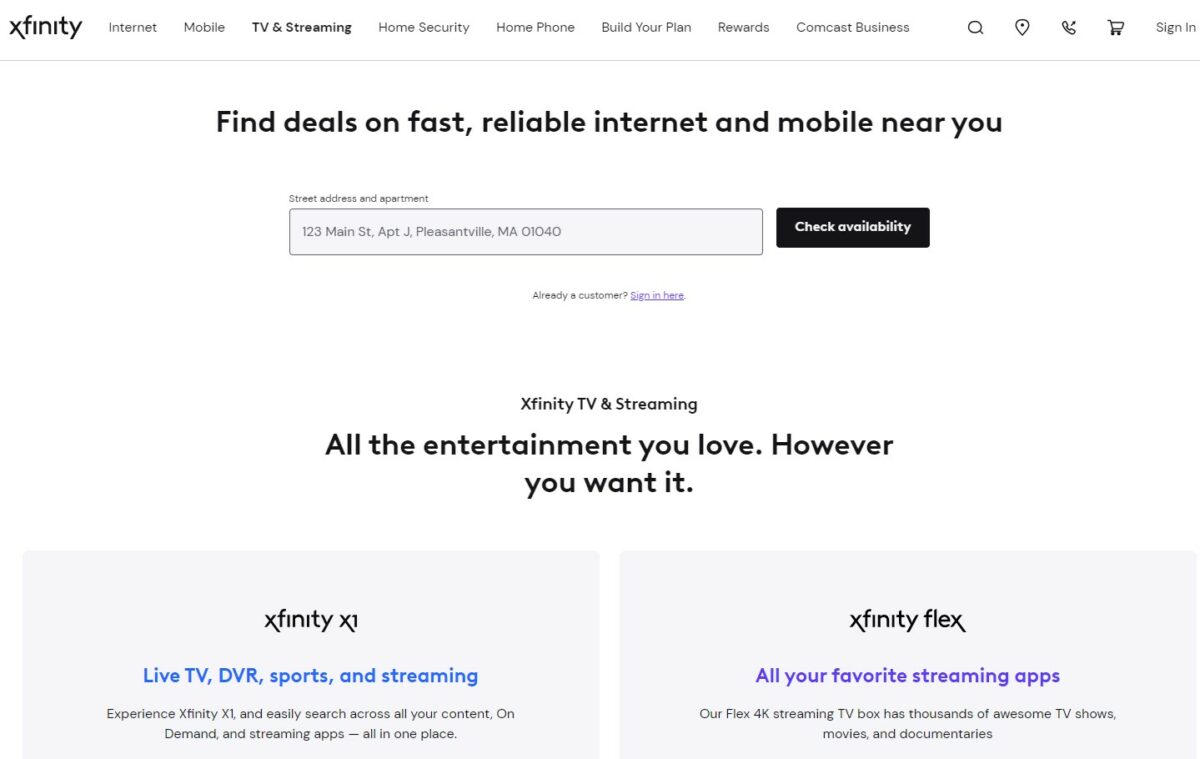
Comcast, a cable TV company in the United States, experienced a decline of approximately 2 million customers in 2022.
Interestingly, a significant 82% of adults who consume entertainment online find it more captivating and pleasurable compared to cable TV.
However, it is worth noting that cable TV subscriptions are still held by 48% of Americans, and Comcast alone boasts a customer base of 17,144,000.
Despite the decrease in cable TV customers, there remains a substantial portion of the population who derive enjoyment from this medium.
(Forbes)
9. NBC as the most-watched Channel in the US by 2022
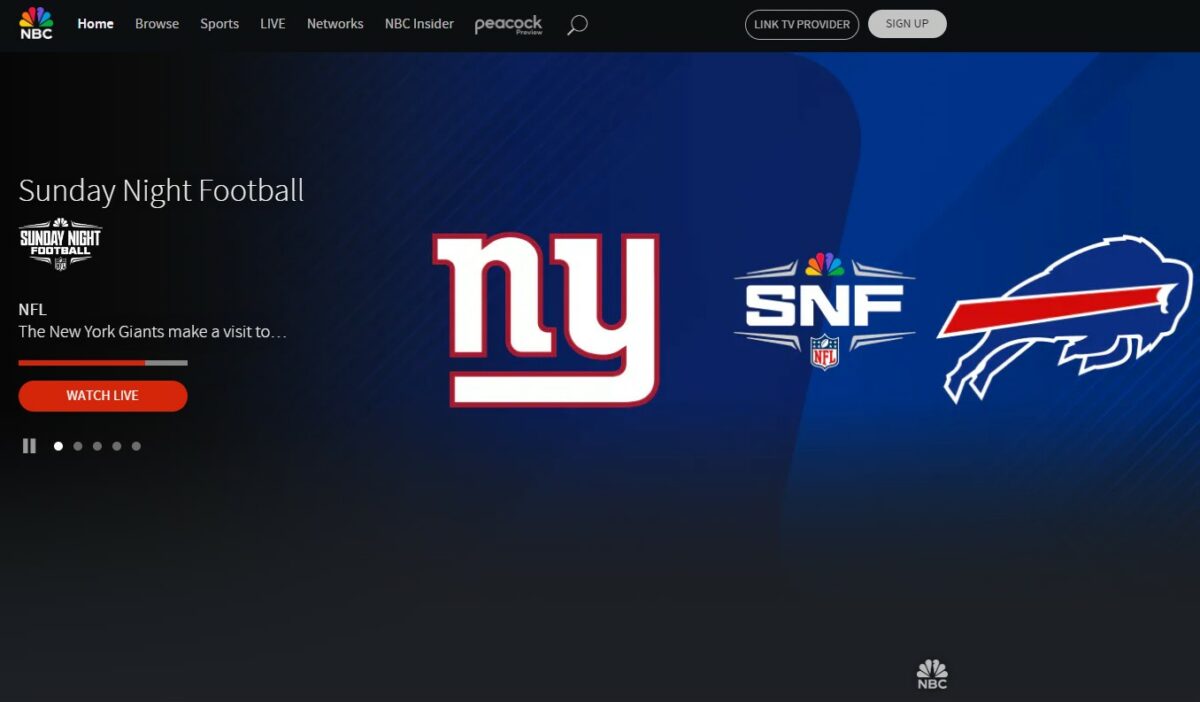
In 2022, NBC achieved an impressive viewership of 5.1 million, solidifying its position as the leading channel in the United States among adults aged 18 to 49.
Now let’s take a look at the rankings for the three most popular networks in 2022:
- NBC: With a staggering 5.148 million viewers, NBC takes the top spot.
- CBS: Not far behind, CBS garnered 5.144 million viewers, securing the second position.
- ABC: With a respectable viewership of 3.867 million, ABC claims the third spot on the list.
These numbers demonstrate the significant presence and appeal of these networks among viewers.
NBC’s achievement in securing the highest number of viewers further emphasizes its dominance in the television industry for this particular demographic.
CBS and ABC also boast substantial audiences, indicating their continued relevance and popularity.
The competition among these networks remains fierce as they strive to capture and retain audiences in an ever-evolving media landscape.
(Forbes)
10. Global Cable TV Revenue from 2010 to 2028 will reduce.
According to Statista, global sales of pay-TV showed improvement in 2016.
However, considering the consistent year-over-year decline, cable TV is projected to reach approximately $151 billion by 2021.
By 2028, it is predicted that pay-TV revenues will have experienced a global decrease of $26 million, as stated by Global Cable TV.
(Statista)
Conclusion
Since its introduction in the 1940s, cable TV has become a standard in global households.
Approximately 93.7 million American homes had cable television subscriptions as of February 2022.
In the past decade, there has been a significant decrease in the number of cable TV subscribers.
This shows the growing preference of viewers for alternative entertainment forms over conventional cable TV choices.
Nevertheless, it is worth noting that cable television remains significant as a source of entertainment for millions of families, despite the rise of various streaming alternatives.
Cable TV subscribers by year highlights cable television’s ongoing appeal and ability to stay relevant in a media environment that is constantly changing.







